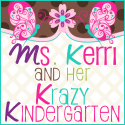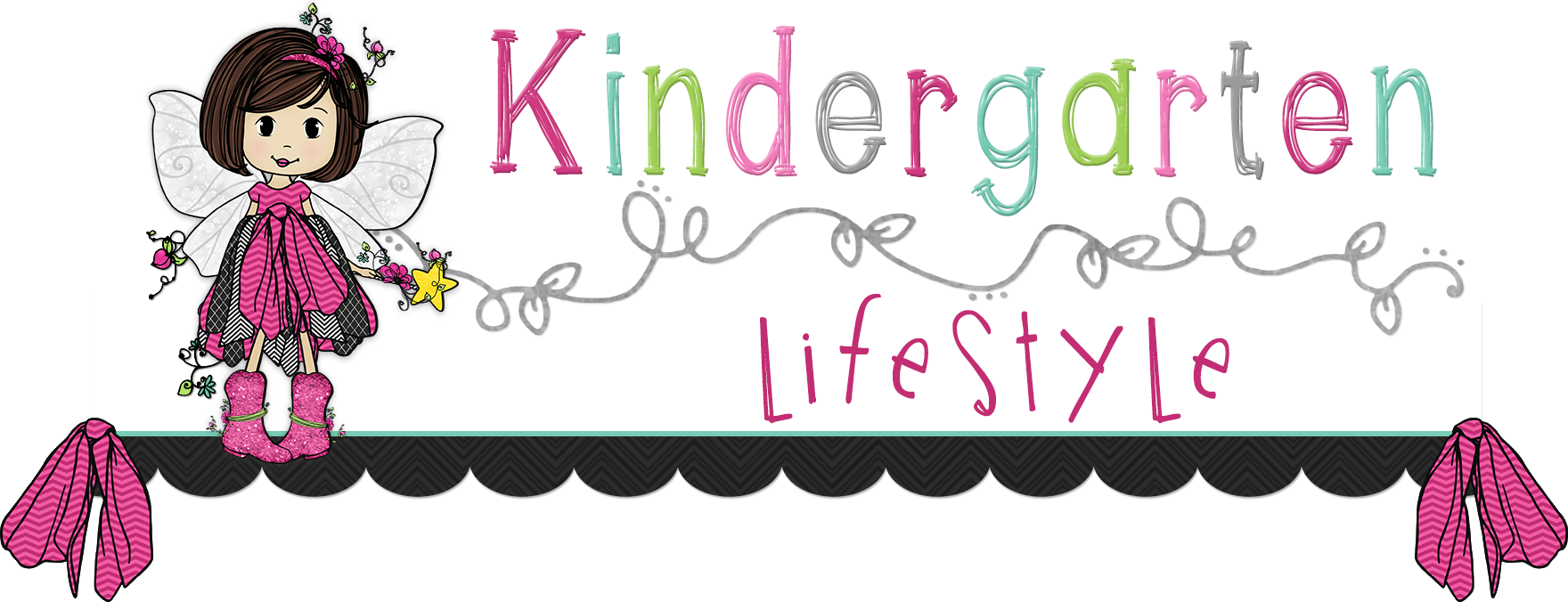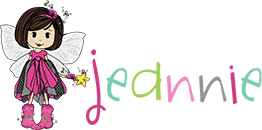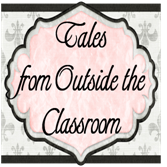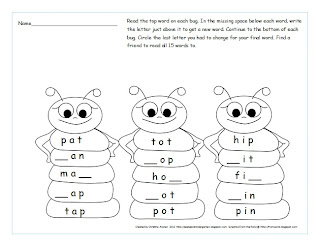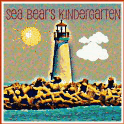
We started by reading these two books. One was fiction and the other was non fiction.We discussed what it meant for a book to be fiction and non fiction and found interesting words. This is how I do my vocabulary instruction. Inspired by a workshop by Tim Rasinski. We harvest words from the text. The words they chose were seaweed, shark, kelp, crab, ocean. I put these on my interesting words wall. Then we practice spelling them and using them in our writing throughout the unit. They've since added foam, tides, and currents to list after a poem we read. After we read the books, I split the class into two groups. One group had paper that said the ocean is and the other had paper that said, the ocean has. They brainstormed and then worked on writing and drawing on these charts.
We read some other books about the ocean and animals that lived in the ocean. We made a list of these animals and they picked one to draw and label a picture of. We then talked about what facts are and they had to make a web of their animal and add facts to it. The last part is turn the web into writing and make the sea animal to go with it. We haven't finished this process quite yet. But you can check out my blog later for pictures of the final product.
The next part of our ocean unit was the Mystery Box. I bought this from Abby at The Inspired Apple. If you haven't checked this unit out you should. I've used to introduce several of our science units and the kids love it. I had put shells in the box and other things you find at the ocean. My clues were:
1. I live near the ocean.
2. I am many colors.
3. I am many shapes and sizes.
4. I am a home for animals.
One of my students guessed the ocean, which was a pretty good guess. After we examined the shells a little bit, I gave all them a shell and page to work on. The page has a box for each sense other than taste to draw and write about. Then a place at the bottom to write a sentence. This is where I messed up and now you get to learn from my mistakes. I went over the directions but didn't model enough. So the day they worked on this was disastrous. The next day I took a shell and modeled what I wanted them to do. They turned out a little better. Thinking about it now, I think I should have done this together.
Here are some examples of their work. My higher students got this with no problem. I probably could have let them go with it after the modeling and then worked through it with the other students.
Next week, one of the centers the kids will go to is a science center. I've been wanting to start this forever. So better late than never. I'm setting up all the shells and other sea life items on a table. They can explore the items with magnifying glasses and then record their observations on a sheet like we've already done in class. I hope I've given you some ideas for things you can do with an ocean unit or another unit of study in science. I think this method could be applied to any unit of study. I've got a freebie to share with you. The clipart on this sheet is from scrappin doodles.
Science Observation Sheet Thursday and Friday of this week we're going to be talking about the rain forest as part of Earth week. We're going to compare oceans and rain forests and write about our favorite. So be sure to hop over to my blog on Friday and check out the fun that we had.
If you like these ideas and this freebie, I would love for you to come check me out at my blog.
